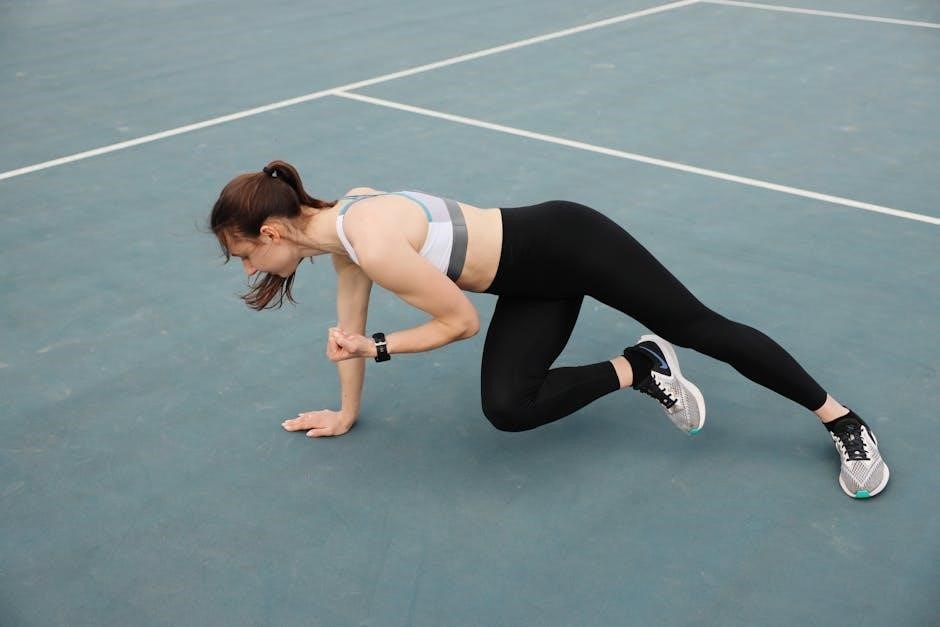Understanding Dupuytrens Contracture
Dupuytrens contracture is a condition that affects the hands, causing one or more fingers to bend into the palm. This condition is characterized by the formation of thickened tissue under the skin of the palm, which can lead to limited mobility and flexibility of the fingers. According to various studies, dupuytrens contracture can be caused by a combination of genetic and environmental factors, including age, gender, and certain medical conditions. The condition can also be associated with other diseases, such as diabetes and epilepsy. Understanding the causes and symptoms of dupuytrens contracture is essential for developing effective treatment plans, including exercises and physical therapy. By learning more about this condition, individuals can better manage their symptoms and improve their overall quality of life. Additionally, understanding dupuytrens contracture can help individuals make informed decisions about their treatment options and take steps to prevent further complications. With the right information and resources, individuals can effectively manage their condition and improve their hand function.

Causes and Symptoms of Dupuytrens Contracture
Genetic and environmental factors cause dupuytrens contracture, leading to thickened tissue and finger bending, affecting hand function and mobility always requiring medical attention and treatment options online quickly.
Treatment Options for Dupuytrens Contracture
Treatment options for dupuytrens contracture include nonsurgical and surgical methods, such as needle aponeurotomy and fasciectomy, to help manage the condition and improve hand function.
Medications and physical therapy may also be used to reduce symptoms and prevent further progression of the disease.
In some cases, ultrasound and low level laser therapy may be used to help reduce pain and inflammation.
It is essential to work with a healthcare professional to determine the best course of treatment for each individual case.
A comprehensive treatment plan may include a combination of these methods, as well as lifestyle changes and exercises to help manage the condition.
By working together with a healthcare team, individuals with dupuytrens contracture can find effective ways to manage their symptoms and improve their overall quality of life.
Treatment options are continually evolving, and new methods are being developed to help manage the condition.
With the right treatment and care, individuals with dupuytrens contracture can lead active and healthy lives.
Effective treatment requires a thorough understanding of the condition and its progression.

Importance of Exercises in Managing Dupuytrens Contracture
Exercises play a crucial role in managing dupuytrens contracture, helping to improve flexibility and range of motion, and reducing symptoms effectively always with proper guidance online every day.
Types of Exercises for Dupuytrens Contracture
There are various types of exercises that can help manage dupuytrens contracture, including finger bending and straightening exercises, finger spreads, and finger extensions. These exercises can help improve flexibility and range of motion in the hands.
Additionally, exercises such as tendon gliding and scar massage can help prevent scar adhesions and maintain joint range of motion. It is essential to consult with a healthcare professional to determine the best exercise program for individual needs.
Exercises can be modified to suit different stages of the condition, and it is crucial to start with gentle exercises and gradually increase intensity and duration. A downloadable pdf resource can provide a comprehensive guide to exercises for dupuytrens contracture, including illustrations and instructions.
Regular exercise can help slow down the progression of dupuytrens contracture and improve overall hand function, allowing individuals to perform daily activities with greater ease and independence; By incorporating exercises into daily routine, individuals can effectively manage their condition and improve their quality of life.

Downloadable PDF Resources for Dupuytrens Contracture Exercises
Downloadable pdf resources provide detailed exercise guides and illustrations for managing dupuytrens contracture, available online for easy access always.
Preventing Scar Adhesions and Maintaining Joint Range of Motion
Preventing scar adhesions and maintaining joint range of motion is crucial in managing dupuytrens contracture, and can be achieved through various exercises and therapies. Tendon gliding exercises are particularly effective in preventing scar adhesions and maintaining joint range of motion. These exercises involve gently moving the tendons and joints to prevent stiffness and promote healing. Additionally, ultrasound, low level laser therapy, and scar massage may also be used to prevent scar adhesions and promote joint mobility. It is essential to start these exercises early on, as soon as possible after surgery or injury, to ensure optimal results. By preventing scar adhesions and maintaining joint range of motion, individuals with dupuytrens contracture can reduce the risk of complications and improve their overall quality of life. Regular exercise and therapy can help to promote healing, reduce stiffness, and improve joint mobility, allowing individuals to regain control and use of their hands. Effective management of dupuytrens contracture requires a comprehensive approach that includes exercise, therapy, and lifestyle modifications.

Post-Surgery Exercises for Dupuytrens Contracture
Post-surgery exercises for dupuytrens contracture are essential to ensure a successful recovery and prevent complications. After surgery, it is crucial to start exercising the hand and fingers to promote healing, reduce stiffness, and improve joint mobility. A healthcare professional will typically provide a personalized exercise program, which may include gentle stretching, flexion, and extension exercises. These exercises help to improve range of motion, reduce scar tissue formation, and promote tissue repair. It is essential to follow the exercise program carefully and attend follow-up appointments with the healthcare provider to monitor progress and address any concerns. Regular exercise after surgery can help individuals with dupuytrens contracture to regain control and use of their hands, reducing the risk of long-term disability and improving overall quality of life. By committing to a post-surgery exercise program, individuals can optimize their recovery and achieve the best possible outcomes. Effective post-surgery exercise programs are tailored to meet the individual’s specific needs and goals.

Be First to Comment